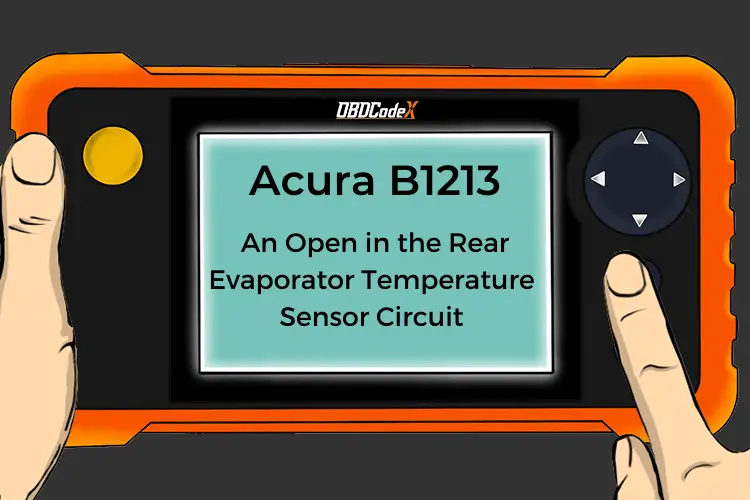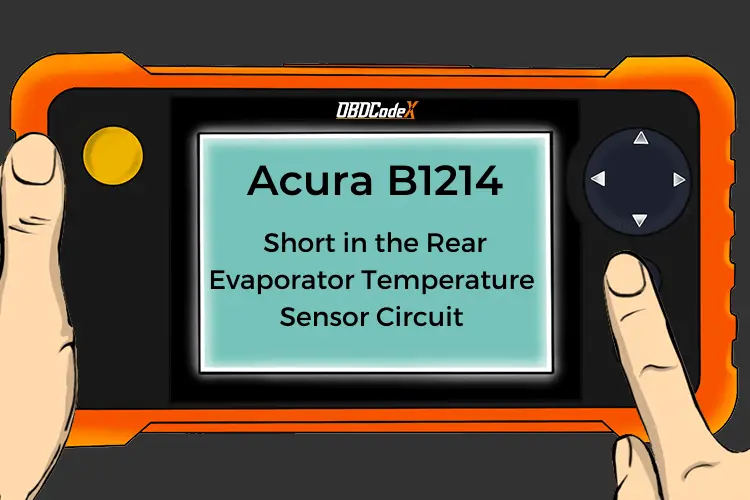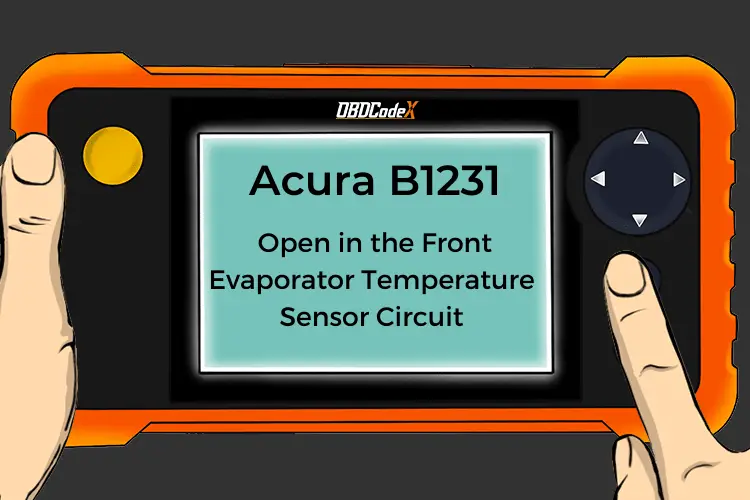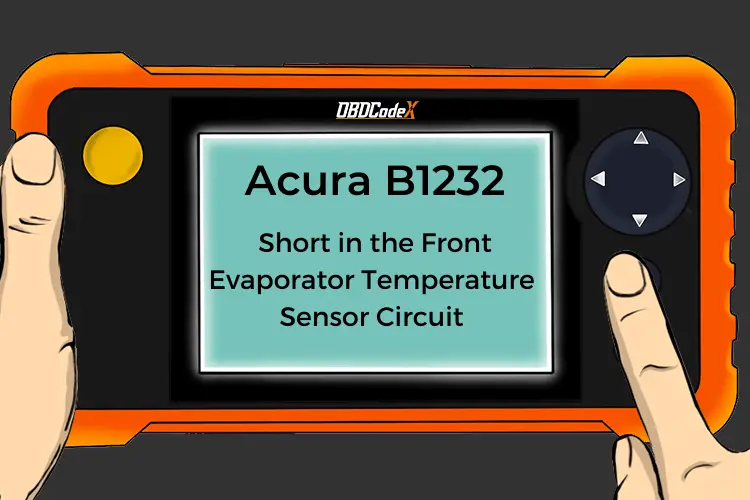P0536: A/C Evaporator Temperature Sensor Circuit Range/Performance
Is your scanner showing P0536?
No worries. We'll show you what it means and how to deal with it.
P0536: A/C Evaporator Temperature Sensor Circuit Range/Performance
OVERVIEWWhat Does The P0536 Code Mean?
Essentially, the air conditioning evaporator operates in the opposite sense as a condenser. The condenser converts gas to fluid and the evaporator converts fluid to gas while absorbing heat from the fan air flowing through it in the process.
It’s purpose is to remove heat from the air inside the cabin, in turn reducing the temperature inside the car. The functionality of the A/C evaporator temperature sensor is crucial to the proper operation of your HVAC (Heating, Ventilation and Air Conditioning) system. The ECM (Engine Control Module) uses electrical values from this sensor to adjust the temperature inside according to your needs, in coordination with your evaporator among other A/C components.
The ECM activates P0536 and associated codes (P0535, P0537, P0538, and P0539) when it detects an outside of desired electrical range condition within the A/C evaporator temperature sensor or it’s circuits. This could equally be mechanical or an electrical problem, Always keep in mind the environment of the sensor (any sensor for that matter), it could be subjected to an environment posed with unique issues.
P0536 A/C Evaporator Temperature Sensor Circuit Range/Performance code is set when the ECM detects a range or performance problem within the A/C evaporator temperature sensor or it’s circuit(s).
What Are The Symptoms Of The P0536 Code?
Symptoms of a P0536 trouble code may include:
- No cold air blowing from the air vents
- Fan air temperature erratic/fluctuating
- A/C compressor clutch not engaging
- HVAC system not functioning as desired
What Are The Potential Causes Of The P0536 Code?
Causes for this P0536 code may include:
- Defective or damaged A/C Evaporator core
- Defective A/C Evaporator Temperature sensor
- Defective ECM ( Engine Control Module)
- Wiring issue within the sensor’s circuit
- Wiring harness connector issue
- Intermittent electrical connection
- Internal resistance (corrosion, damaged harness, overheated circuit, etc..)
How Serious Is This P0536 Code?
Given the fact that your entire HVAC system was designed with the sole purpose of keeping humans more comfortable, severity here is set to the lowest possible setting. Complete malfunction of the HVAC system would pose pretty much zero threat to your safety. That being said, if you value comfort like myself, you will need to address this problem immediately.
How Can You Fix The P0536 Code?
Be sure to check for technical service bulletins (TSBs) for your vehicle. Getting access to a known fix can save you time and money during diagnosis.
Basic Step #1
Locate and visually inspect the A/C evaporator temperature sensor. Generally speaking the evaporator core is located inside the HVAC (heating ventilation and air conditioning) air box. The A/C Evaporator Temperature sensor is typically mounted to the evaporator itself or very near it. You may be able to gain access by looking under the dash fairly easily.
It may also be possible that you will need to remove numerous plastic panels and/or the radio so always refer to your service manual for the specific location. Keep an eye out for any signs of overheating and/ or corrosion on the sensor itself. This may indicative of your problem. If found defective, replace the sensor.
TIP: Make sure that your interior is at a reasonable temperature. Start prying on cold plastic and it will break so be careful.
Basic Step #2
Test the temperature sensor. Most times, these sensors are a resistor type sensor. In other words, the resistance within the sensor changes in direct relation to the temperature. Understanding how this works probably gives you some idea on how to diagnose the sensor itself.
Usually, the manufacturer will have a desired resistance at certain temperatures. Using your multimeter you can record the resistance within the sensor and compare it to the desired values specified by your manufacturer. If an open is present, you may have an internal resistance within the sensor itself and will need to be replaced.
NOTE: Your manufacturer may have a specific diagnostic strategy depending on which type of sensor, make, model, etc. so always refer to your service manual. If uncomfortable with electrical testing and/or working around refrigeration systems for that matter, bring your vehicle to a reputable shop.
Basic Step #3
Check the wiring. Given the location of the evaporator temperature sensor, it may be easy to locate and follow the harness to check for any obvious signs of damage. Especially around where the driver and passengers feet may interfere with the wiring (if possible).
Recommended Parts
Below are some recommended auto parts to help you address the trouble code affecting your vehicle and get it running smoothly again:
Note: During the purchasing process, please check carefully whether the part you want to buy fits your car!
Reference Sources
P0536 A/C Evaporator Temp Sensor Range, OBD-Codes.








